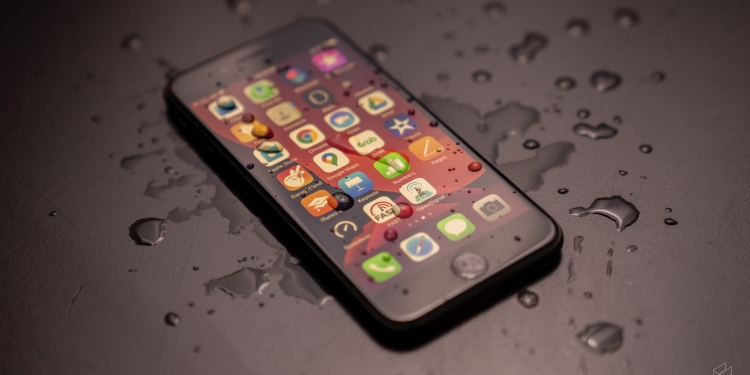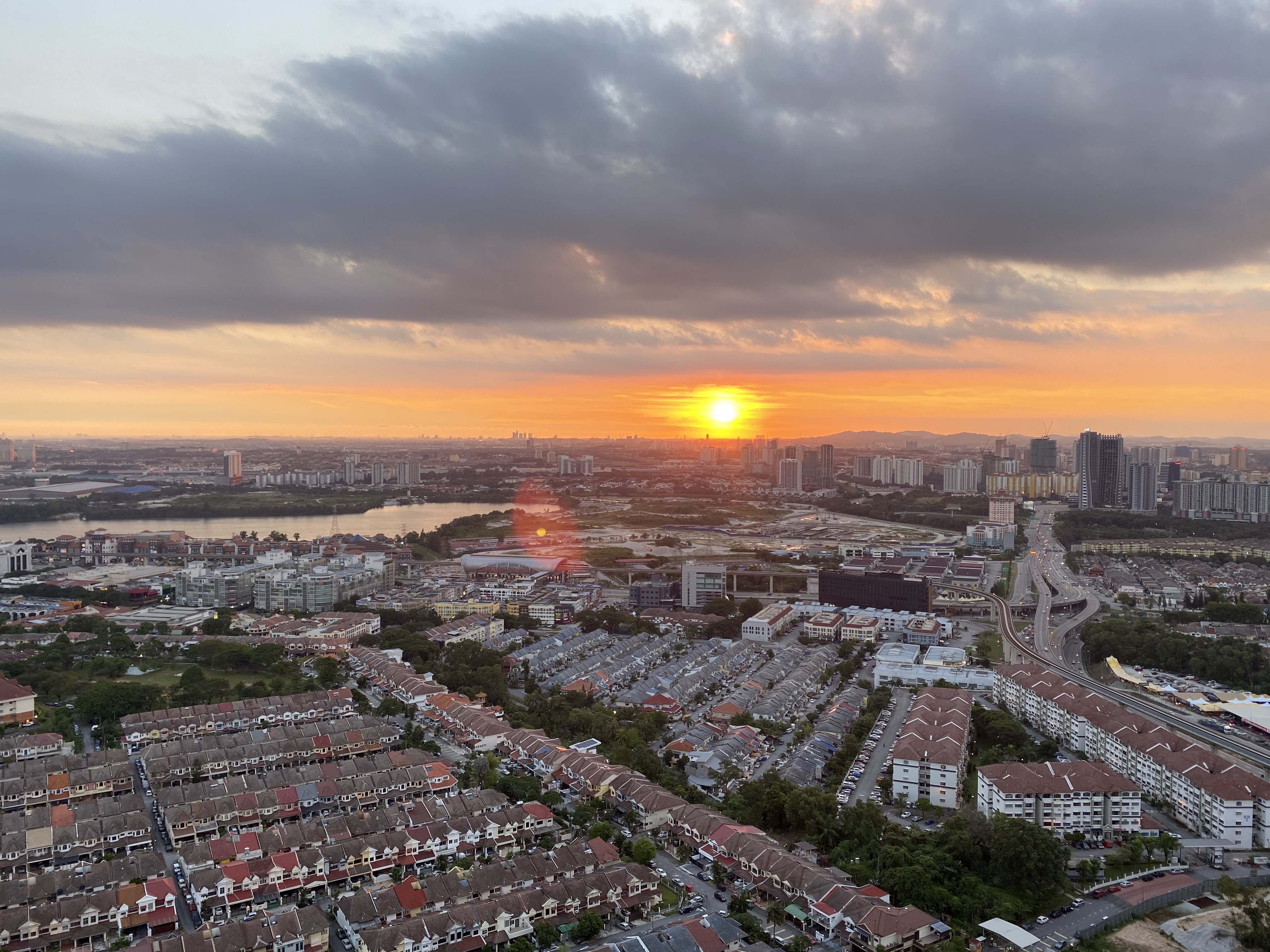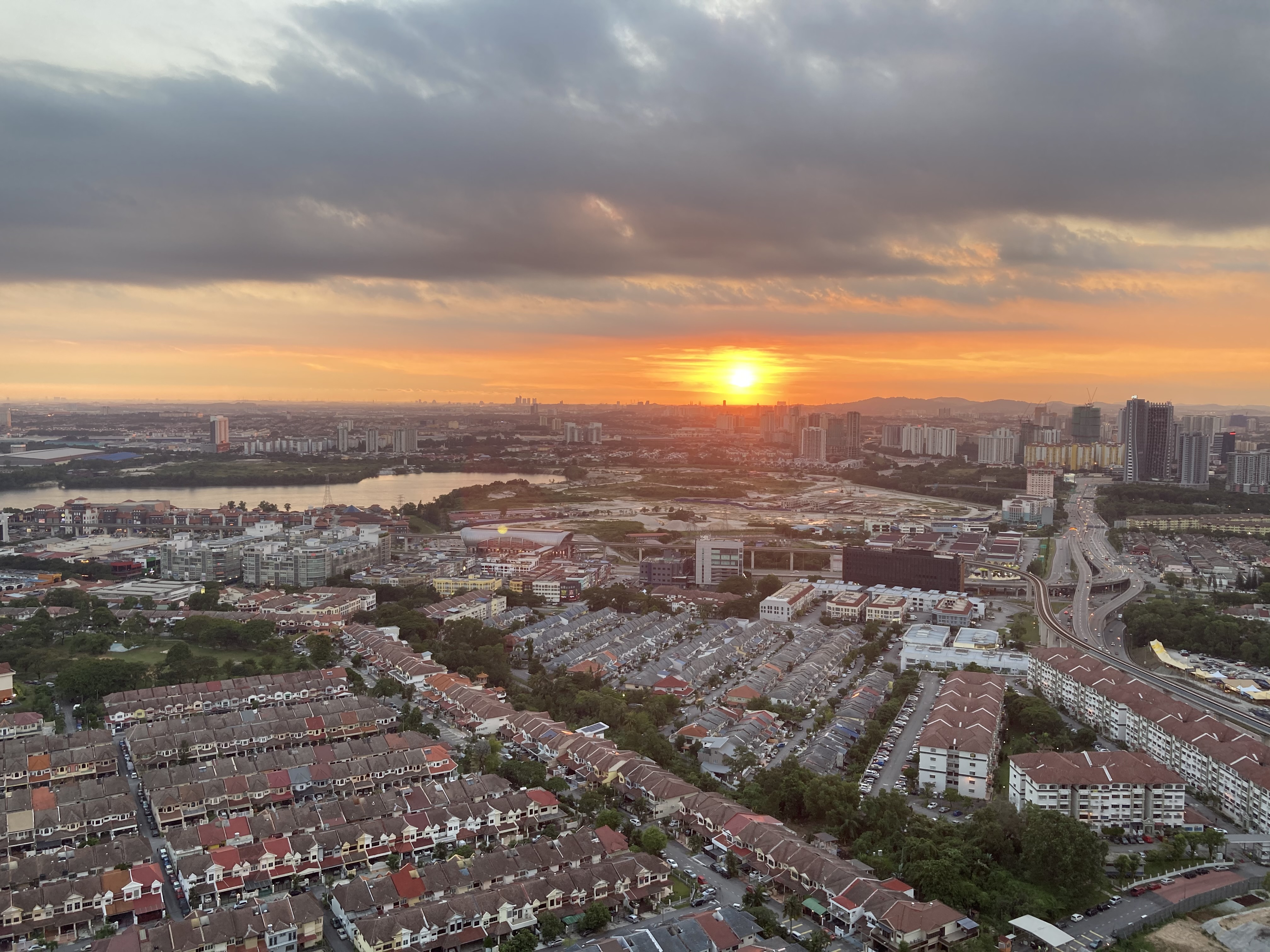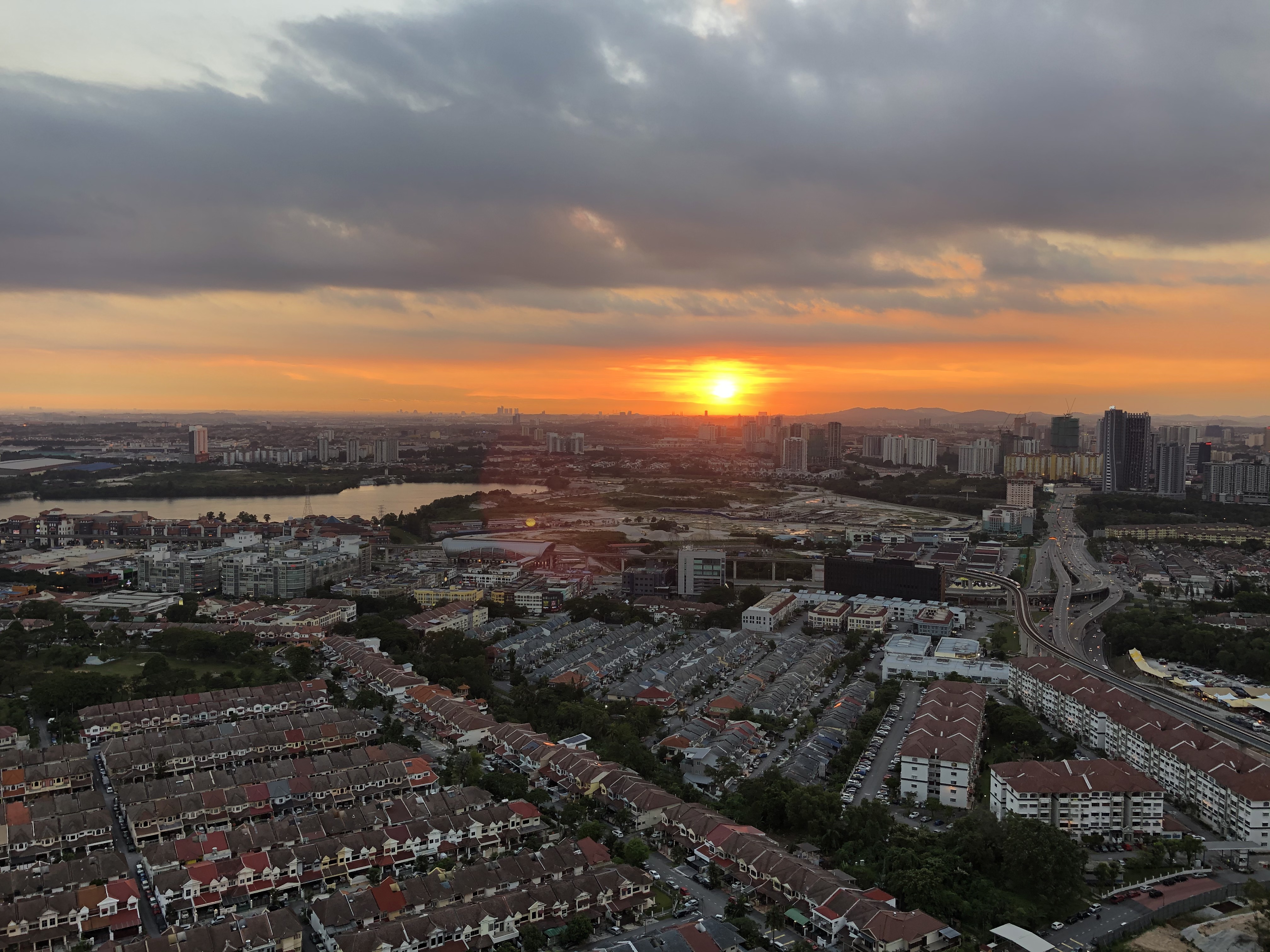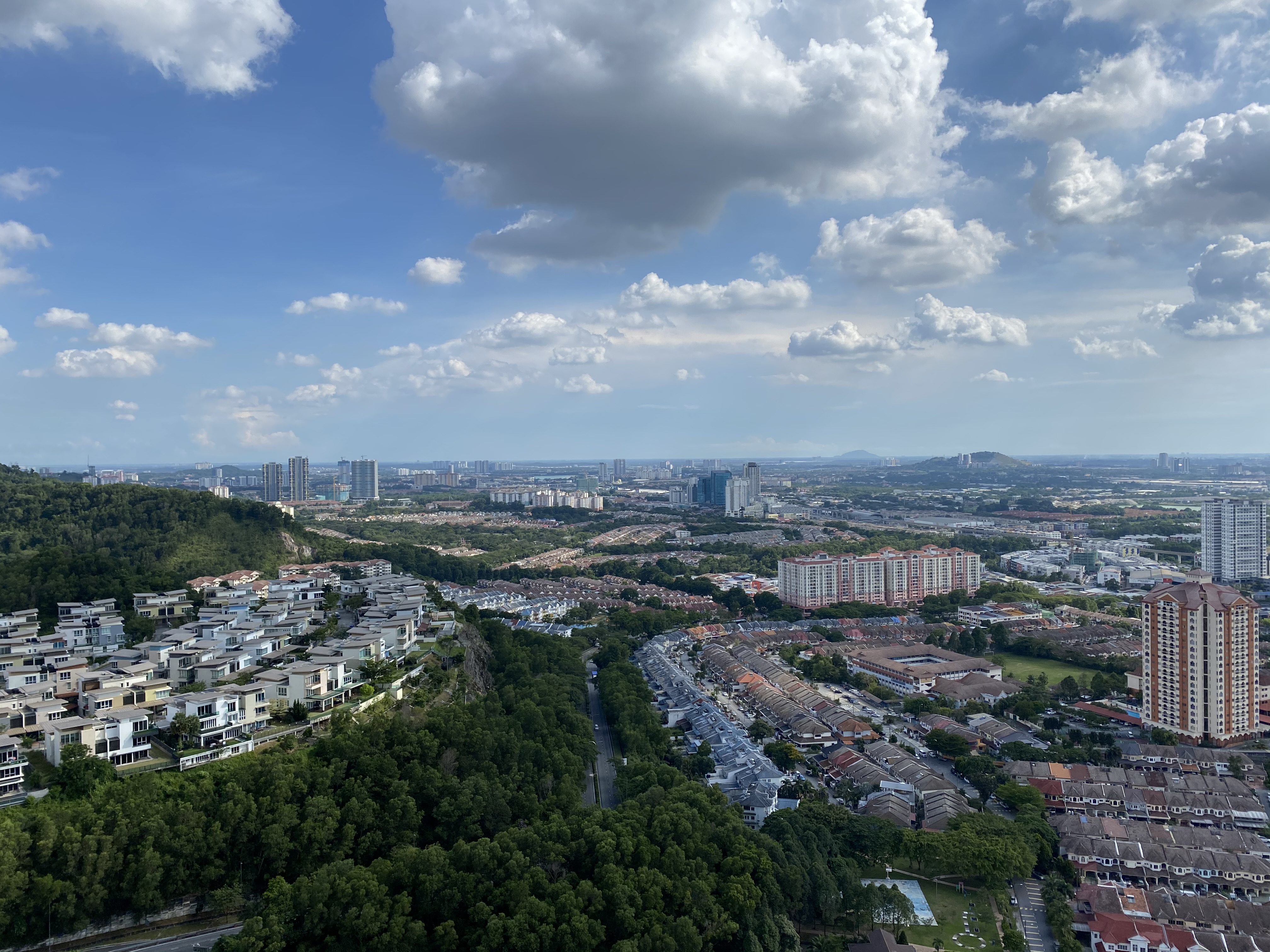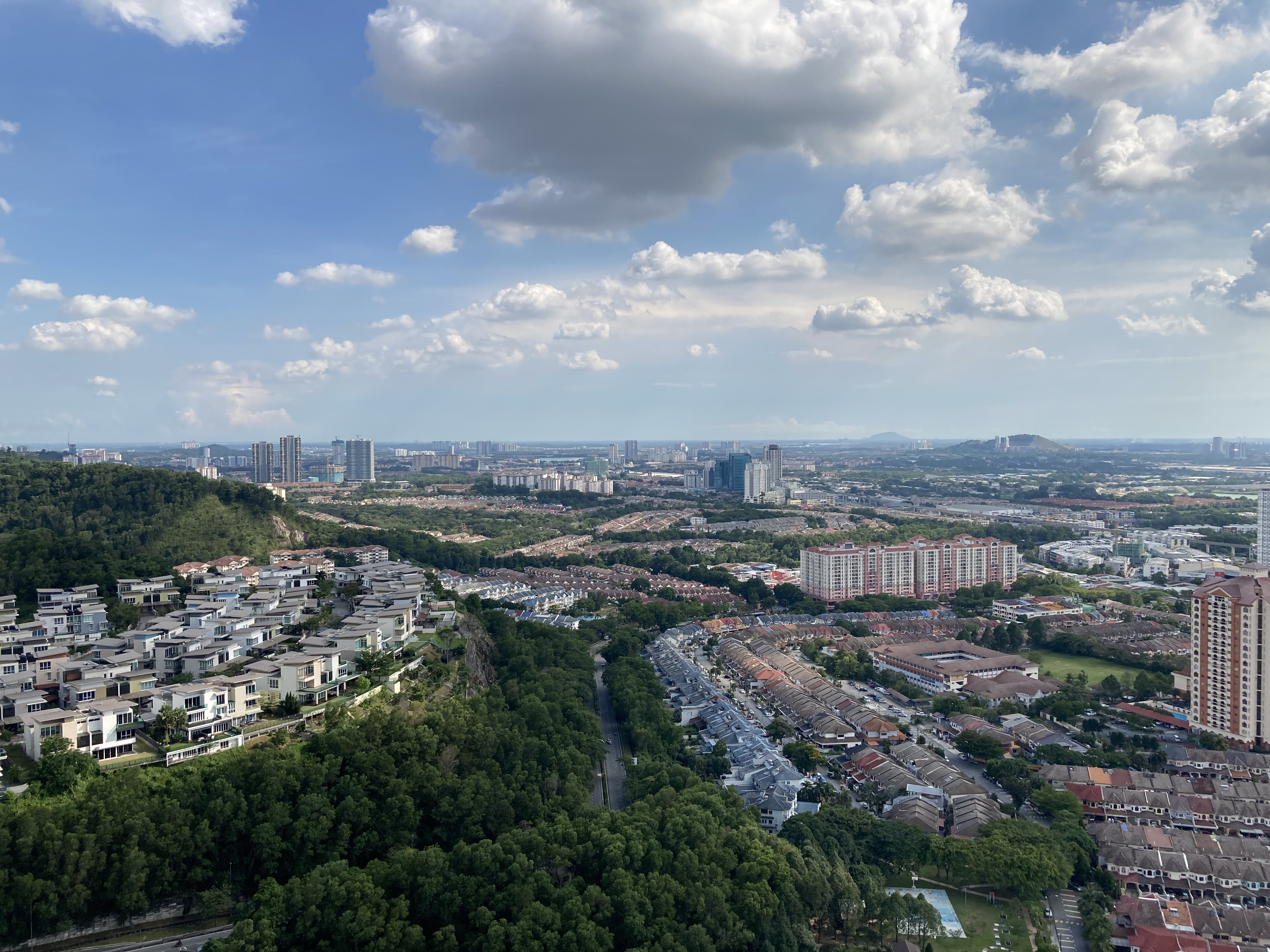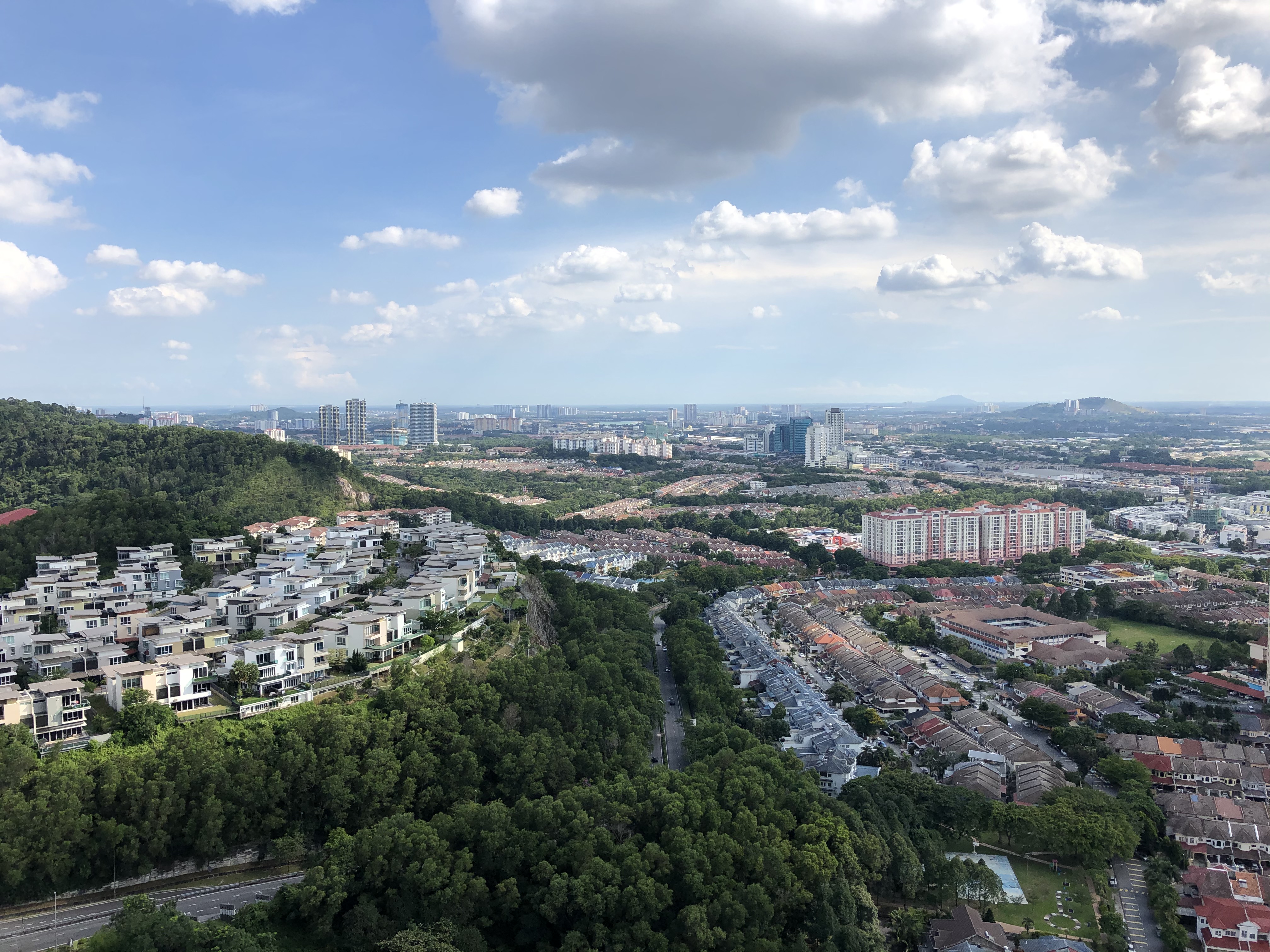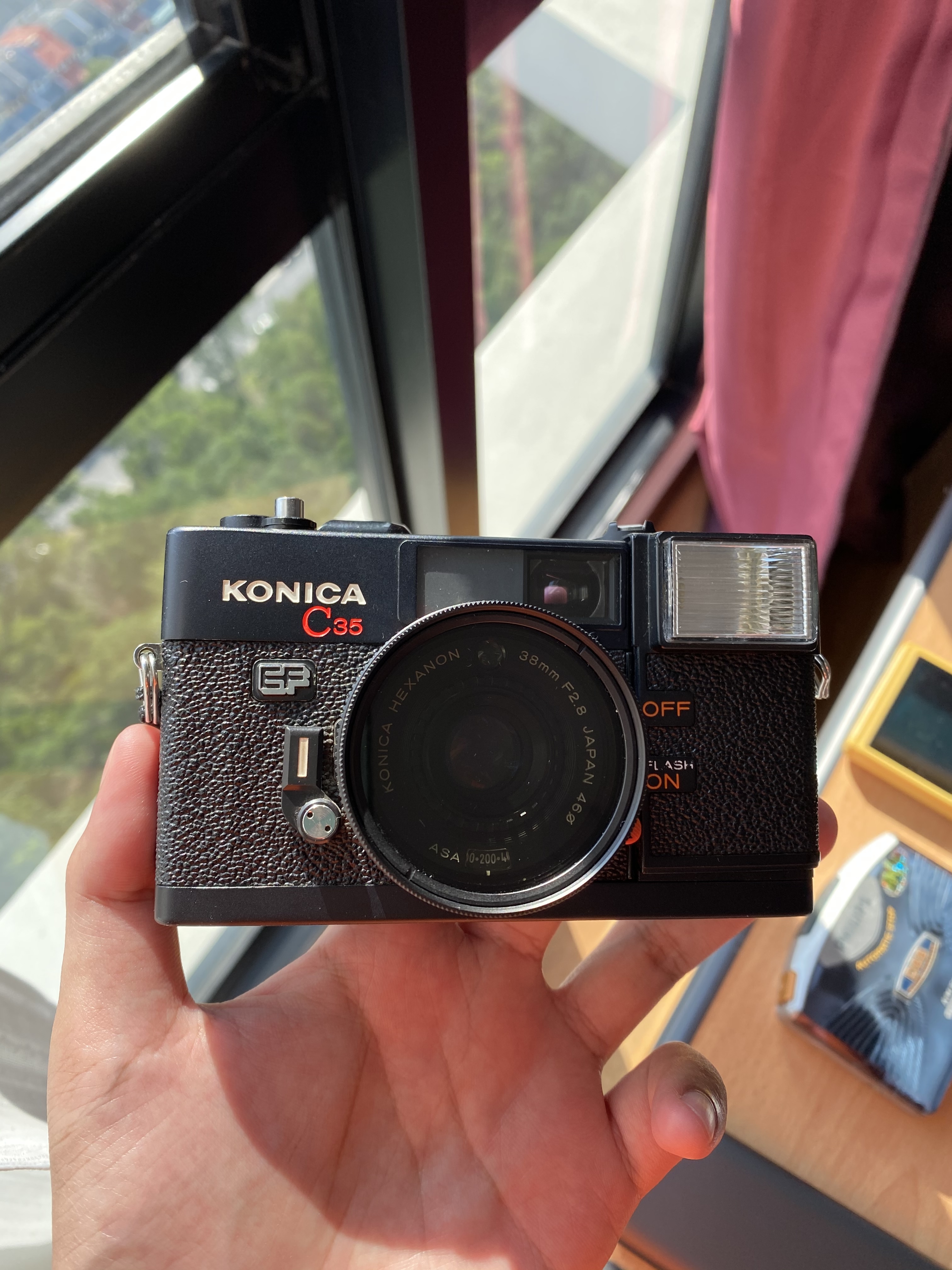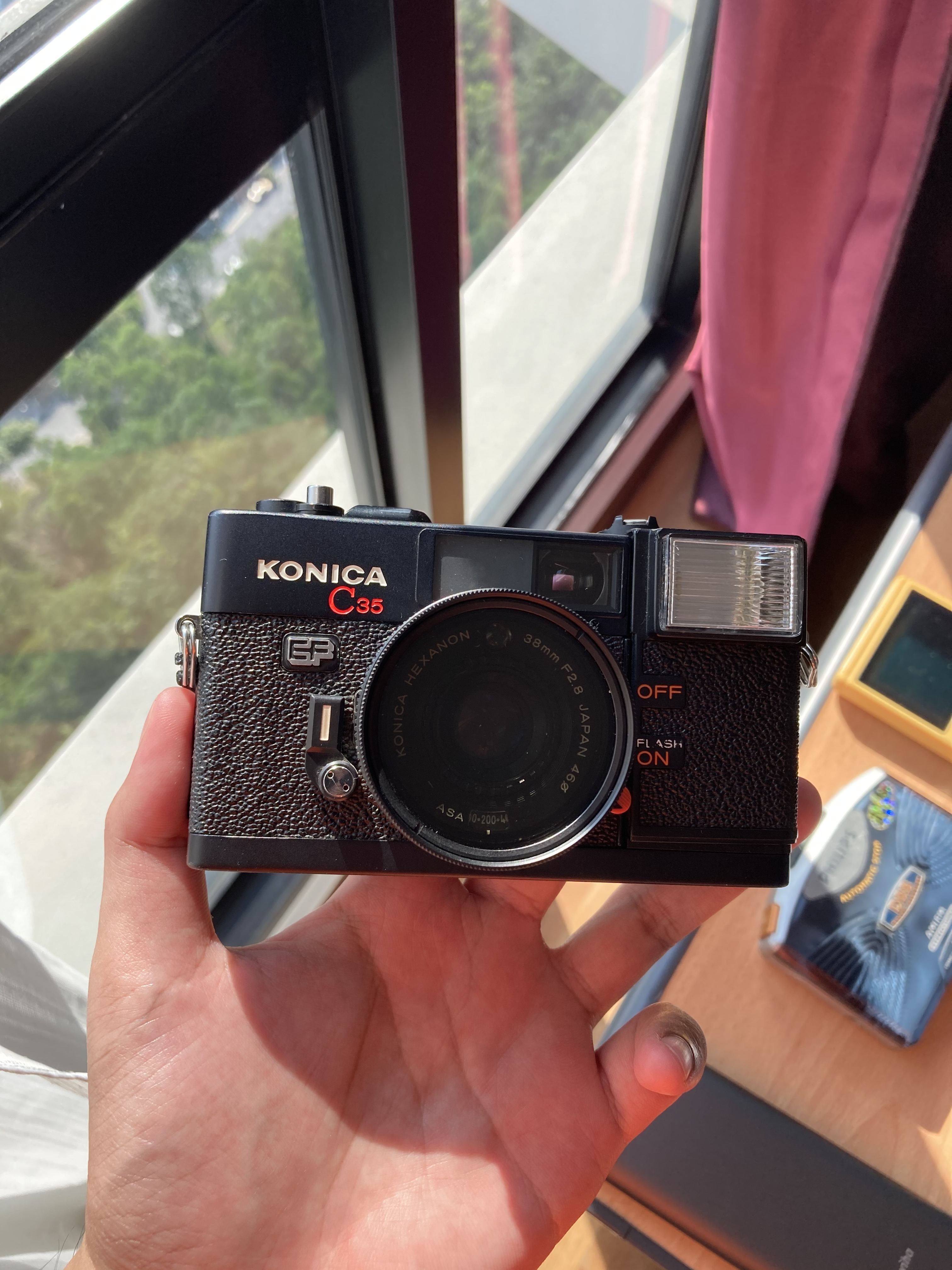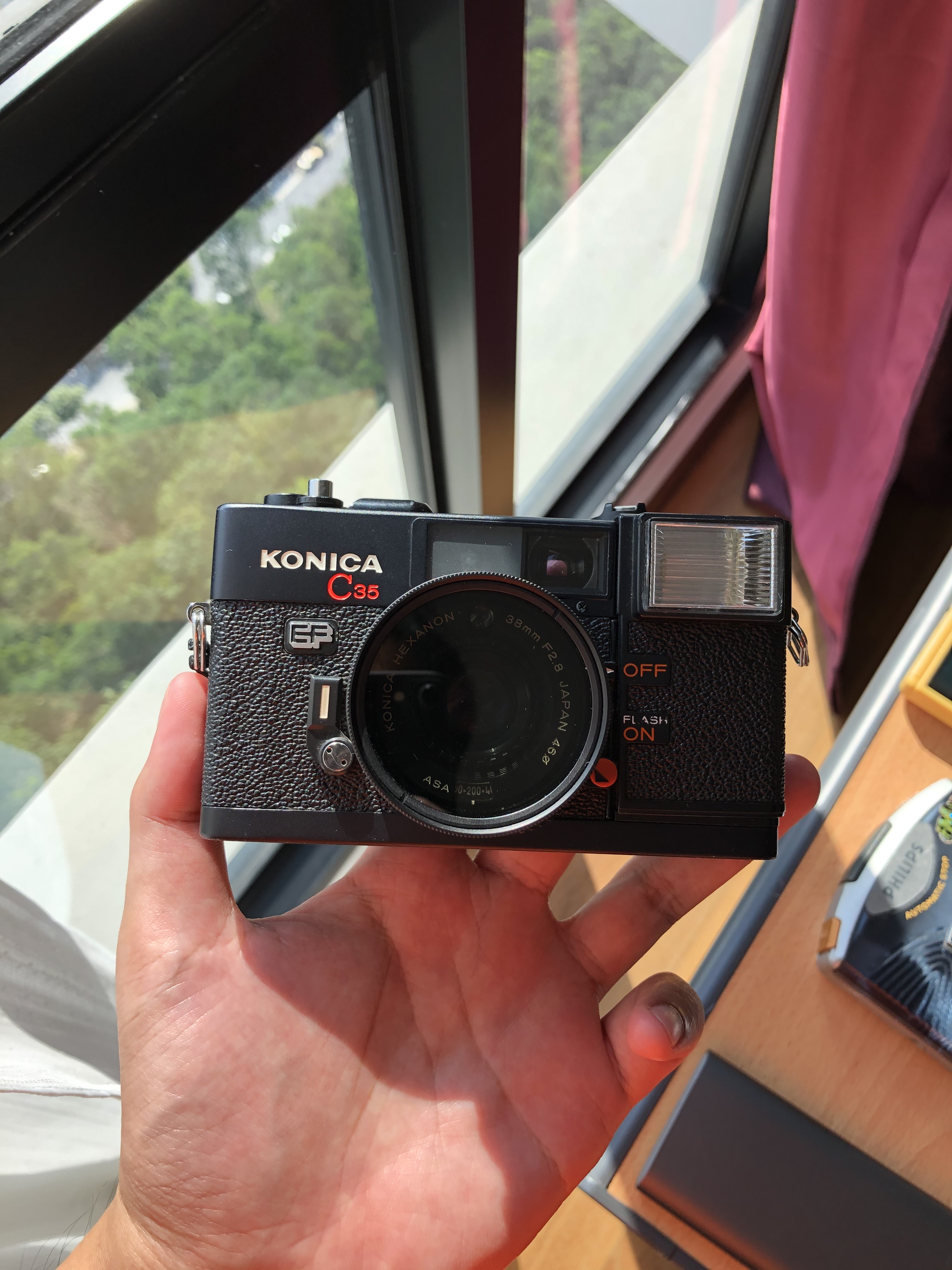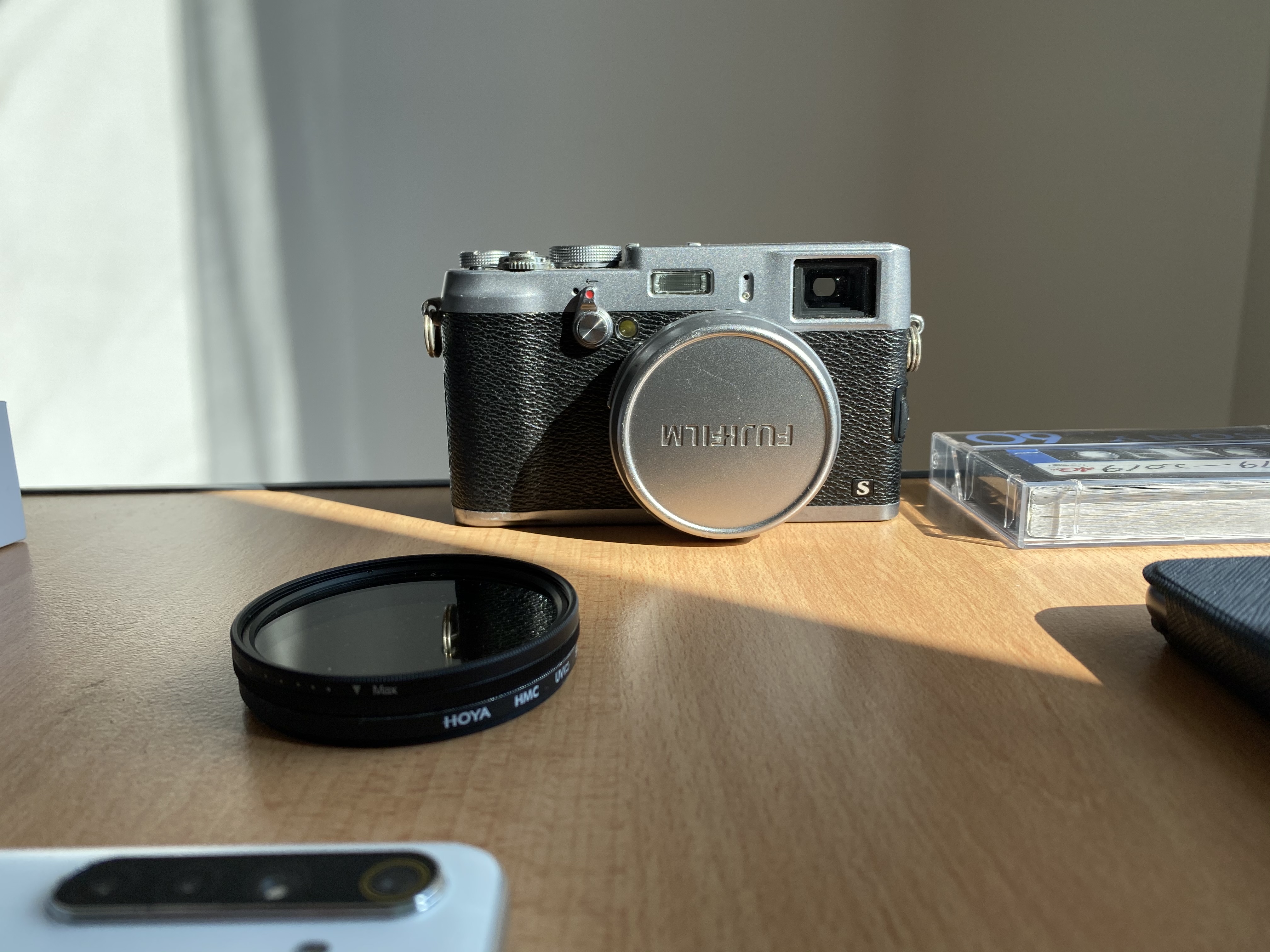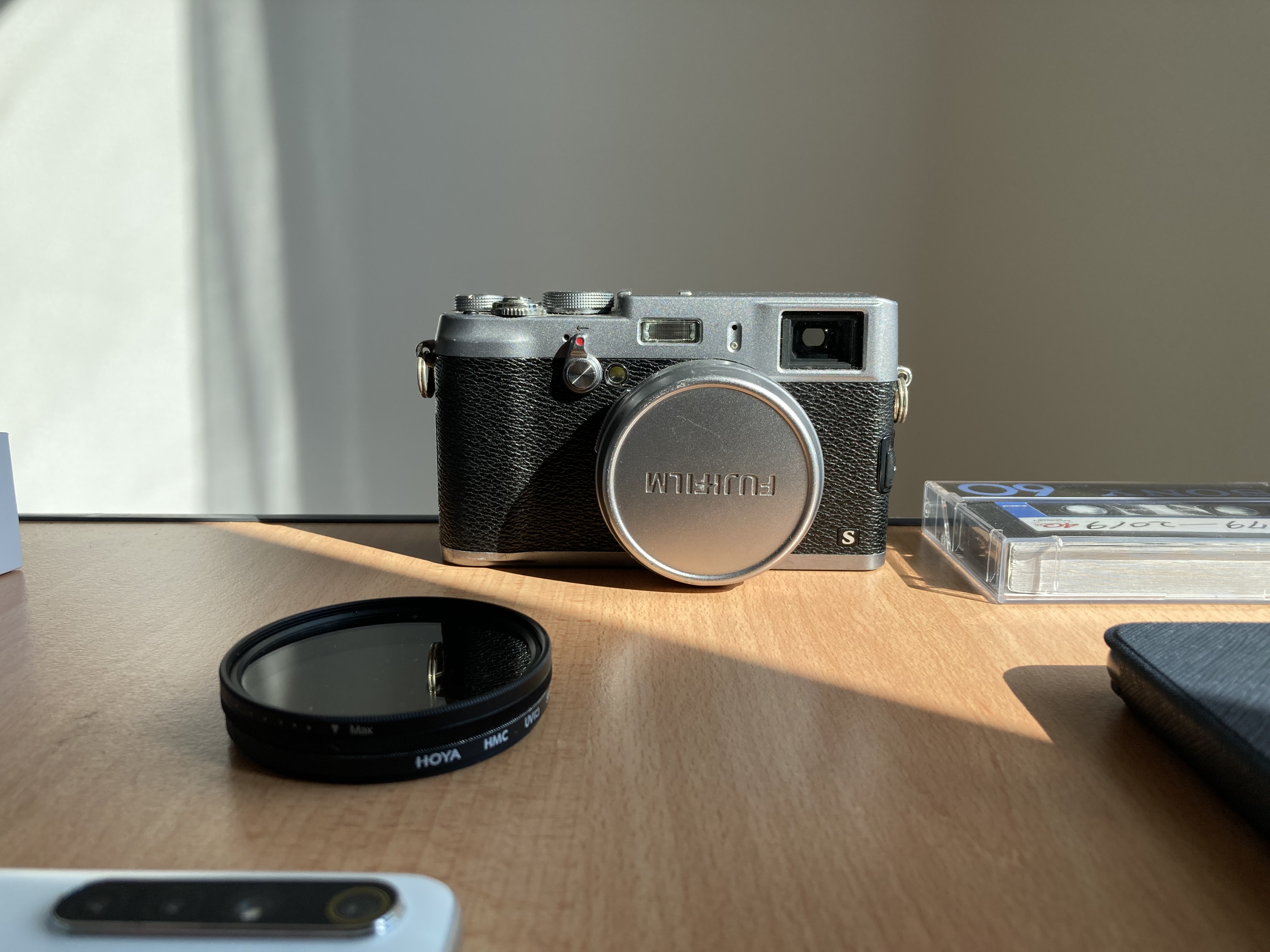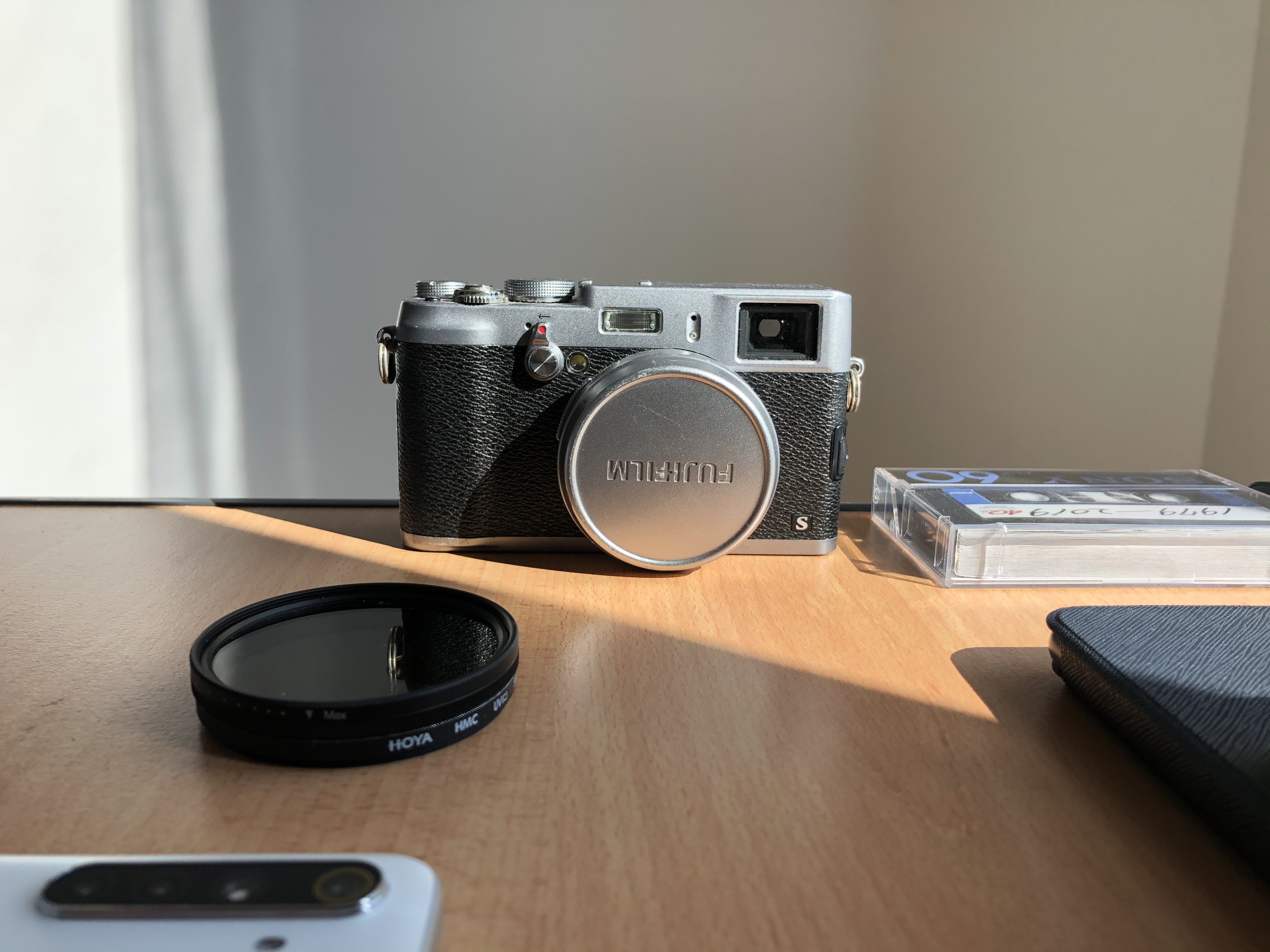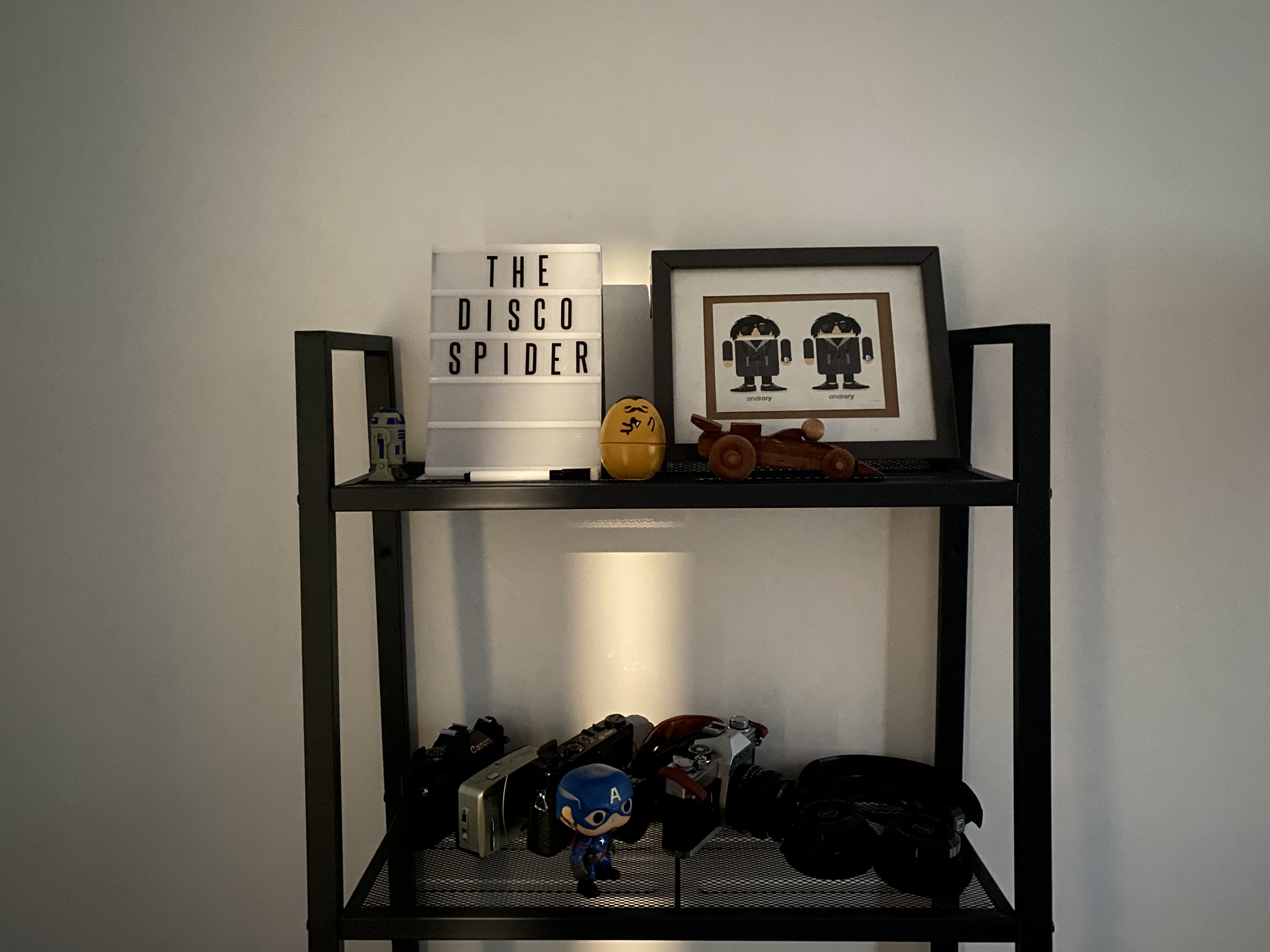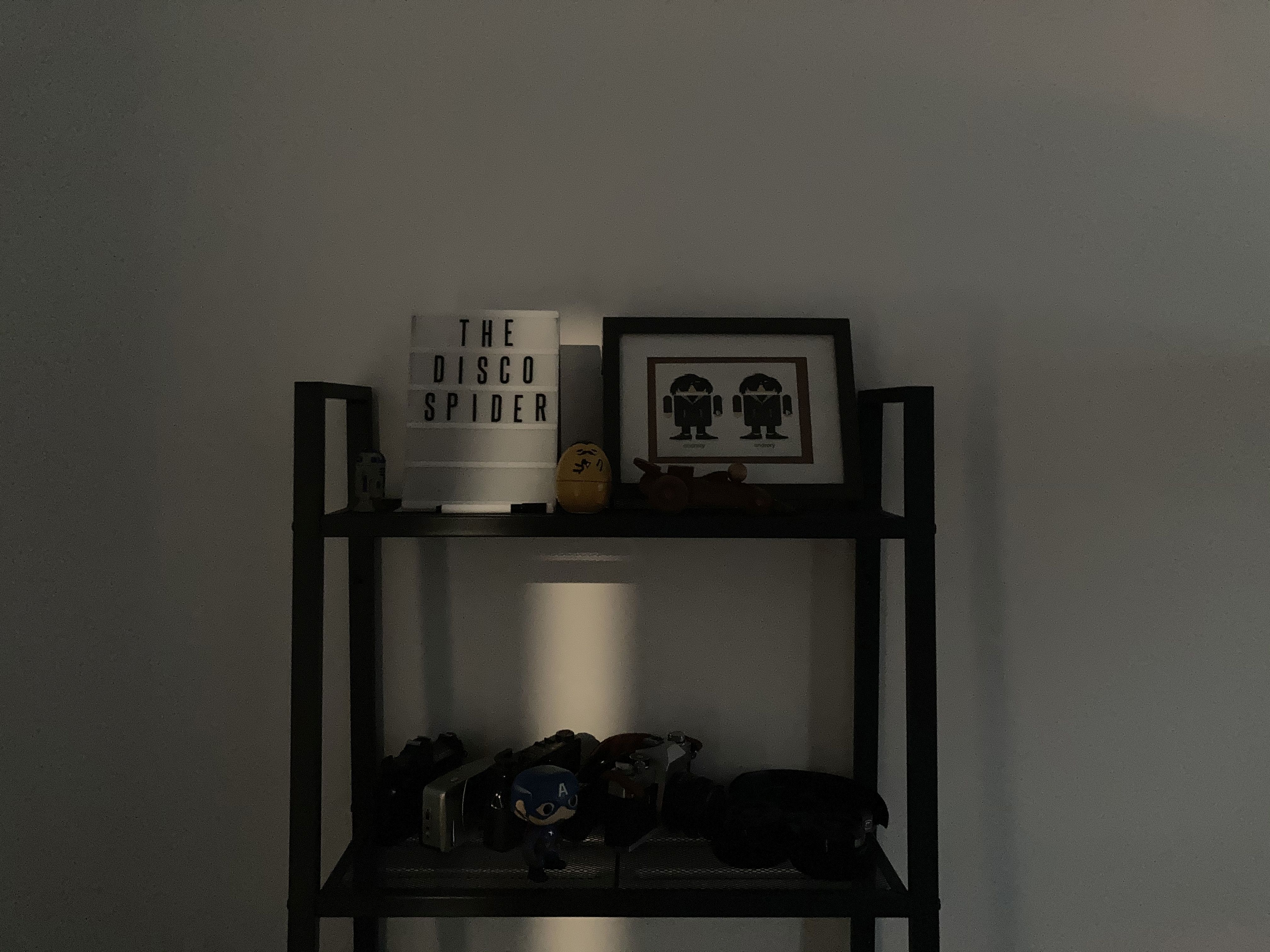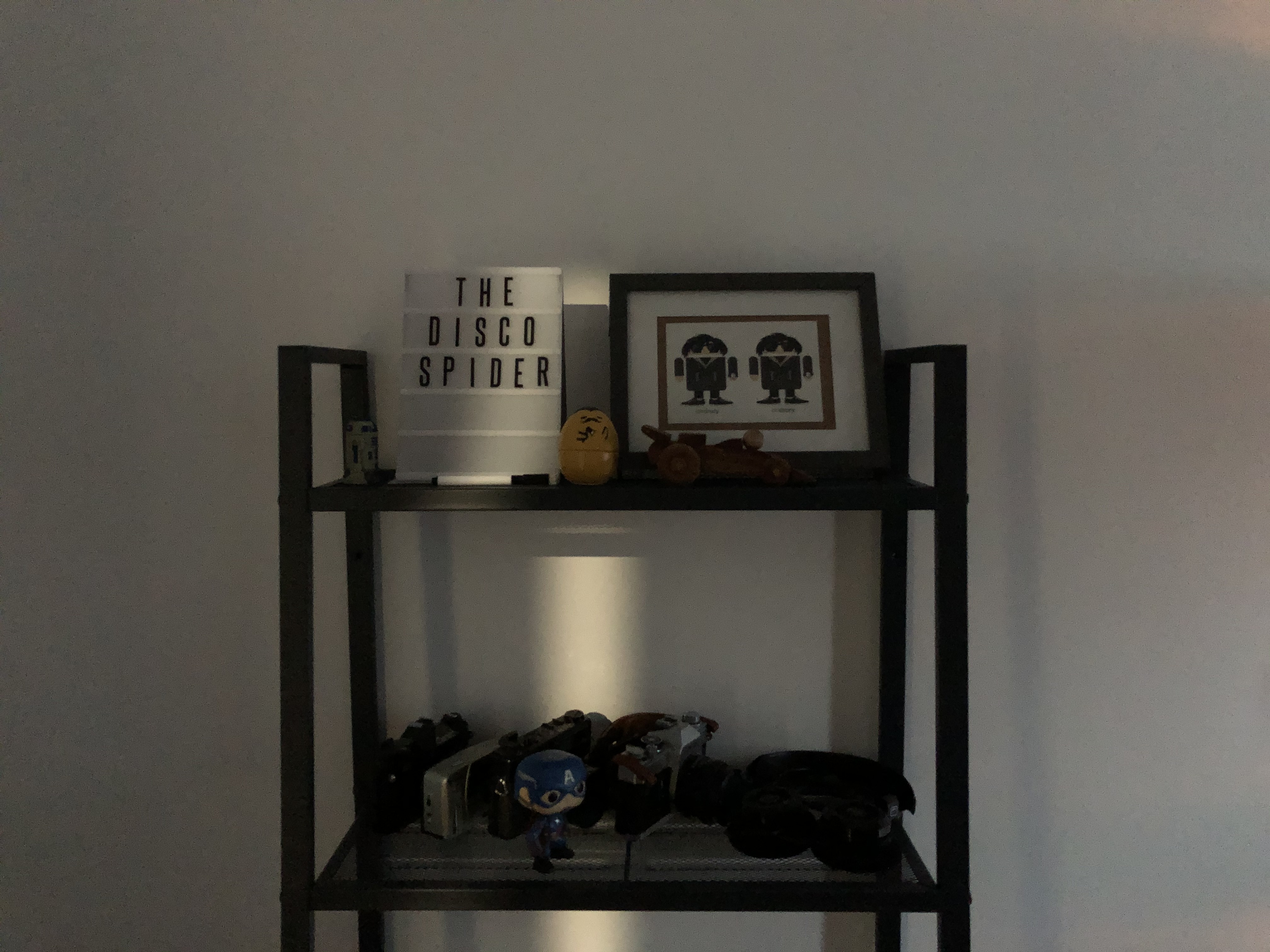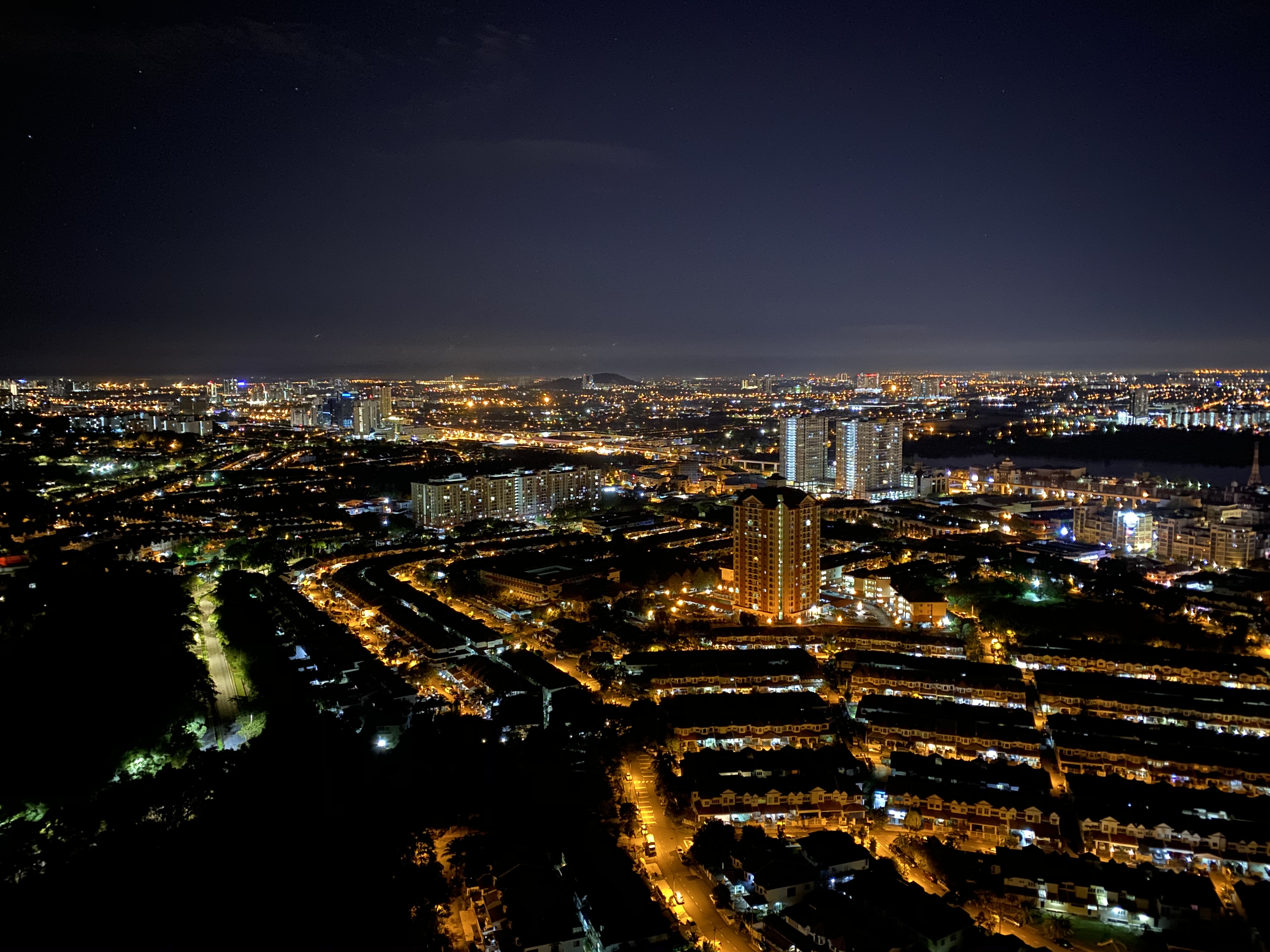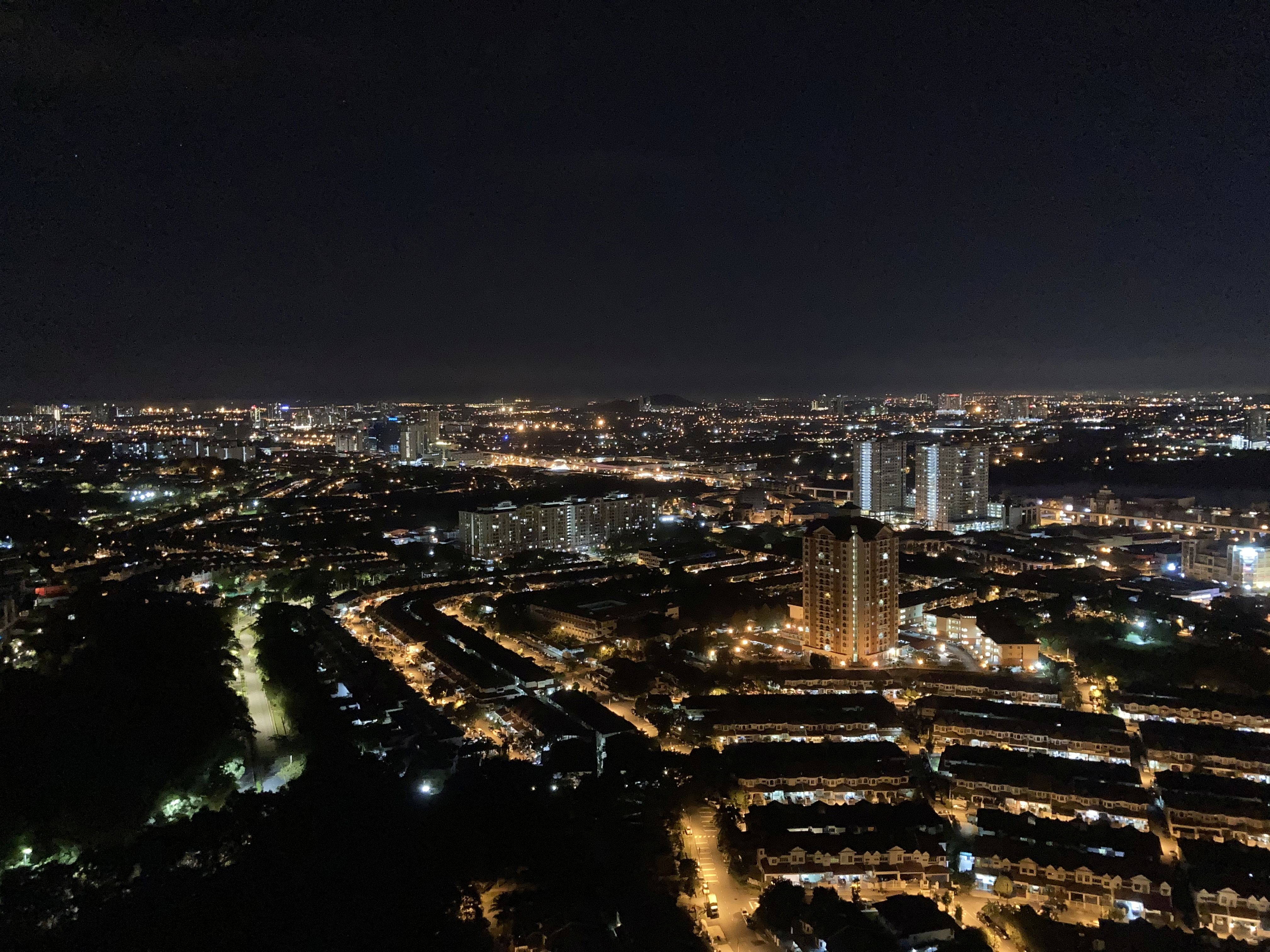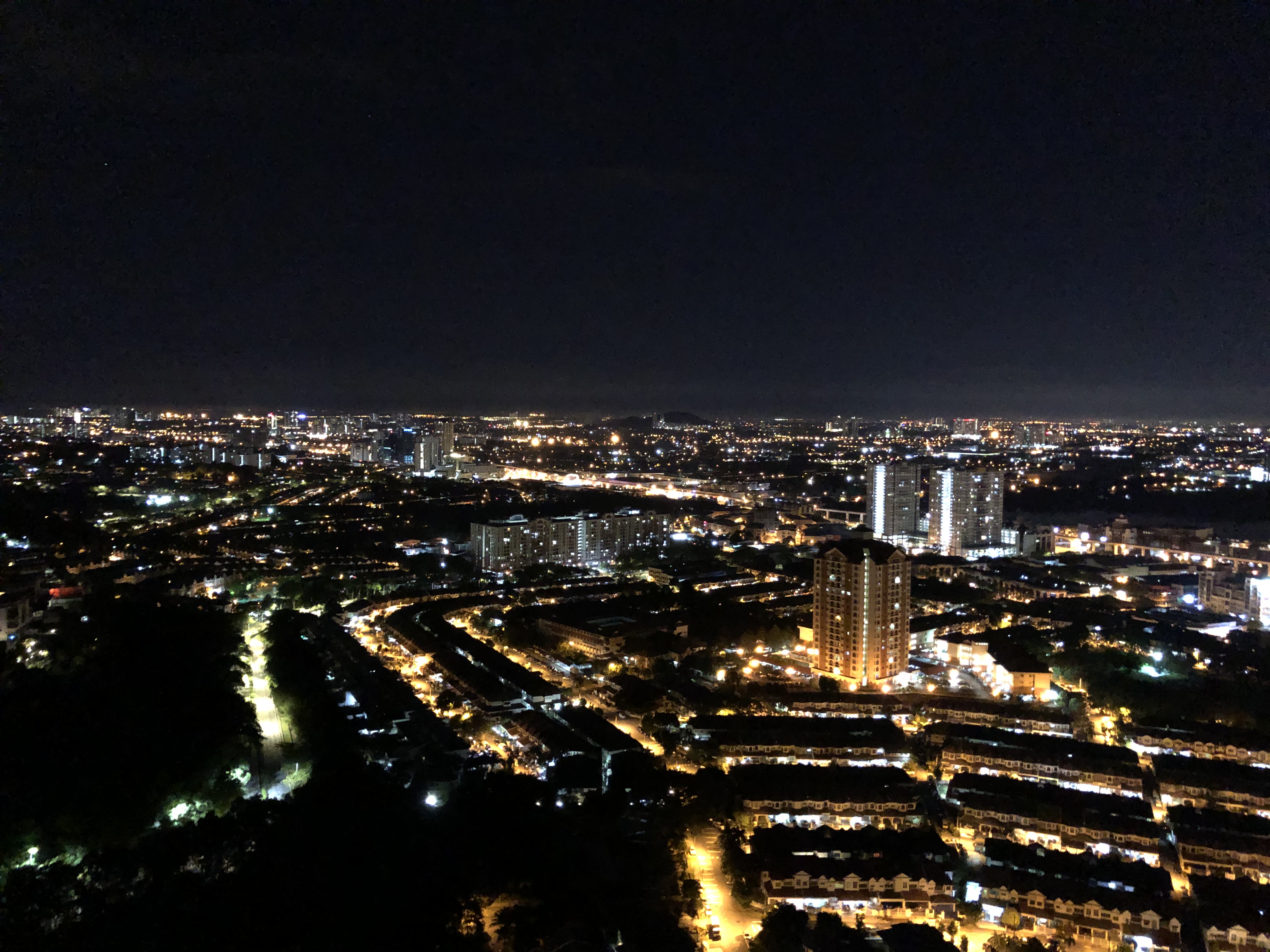It’s easy to look at the new iPhone SE and think that that’s just the iPhone 8 with a new processor, because in essence, it kind of is. It looks the same, it’s built the same and it’s pretty much the same on the inside too. But as someone who has just spent a day with the new iPhone SE, I have to say that it doesn’t feel like just an iPhone 8 with a little more power.
That’s because it feels a lot more like a 2020 iPhone, than a 2017 iPhone with a new motor. And that, I think, is a pretty important distinction.
Now don’t get me wrong, I’m not saying that the iPhone SE is a completely new smartphone. What I’m saying is that there’s more nuance to it.
Yes, if you hold both of these phones up side by side to someone who’s not intimately familiar with the models, they’d probably say it’s the same phone. It has roughly the same weight, occupies the same amount of space in your palms, and has the same hideously outdated bezels. And, it still has Touch ID, which is a feature that I didn’t realise I already didn’t like. When I first picked it up it definitely felt antiquated.
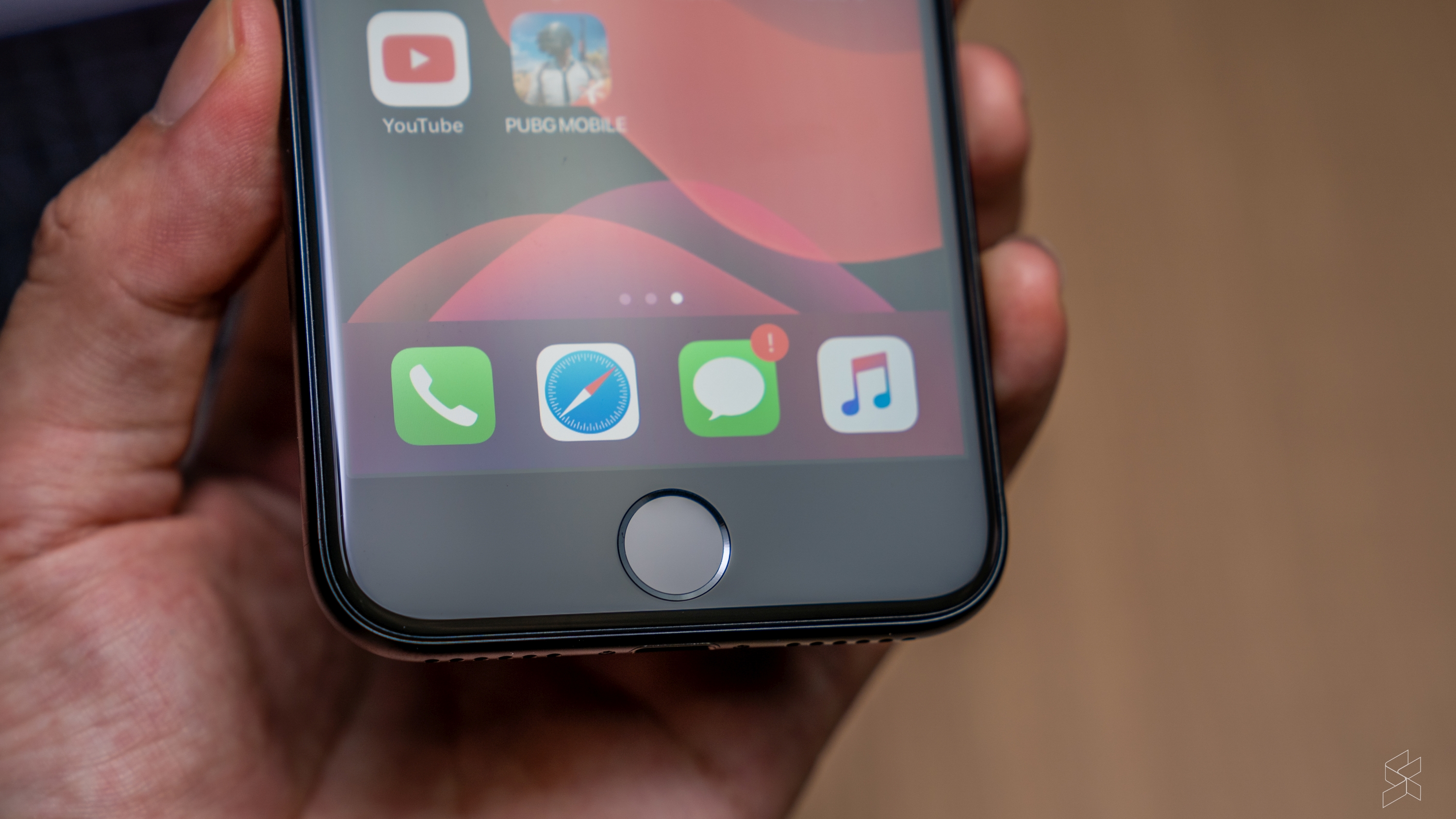
Then I started using it and that made me realise that adding a high-end processor like the A13 Bionic into what was essentially an “outdated” smartphone does more than just make using it smoother. In fact, if I’m being honest, using it side by side with my iPhone 8, I didn’t feel like the SE was noticeably faster at anything.
But, I think one of the main things this new processor allowed for was the chance for Apple to add new features, stuff you might be familiar with on something like the iPhone 11, into a 2017 iPhone. And the most apparent area that has been updated is the camera.
Old hardware, new technology
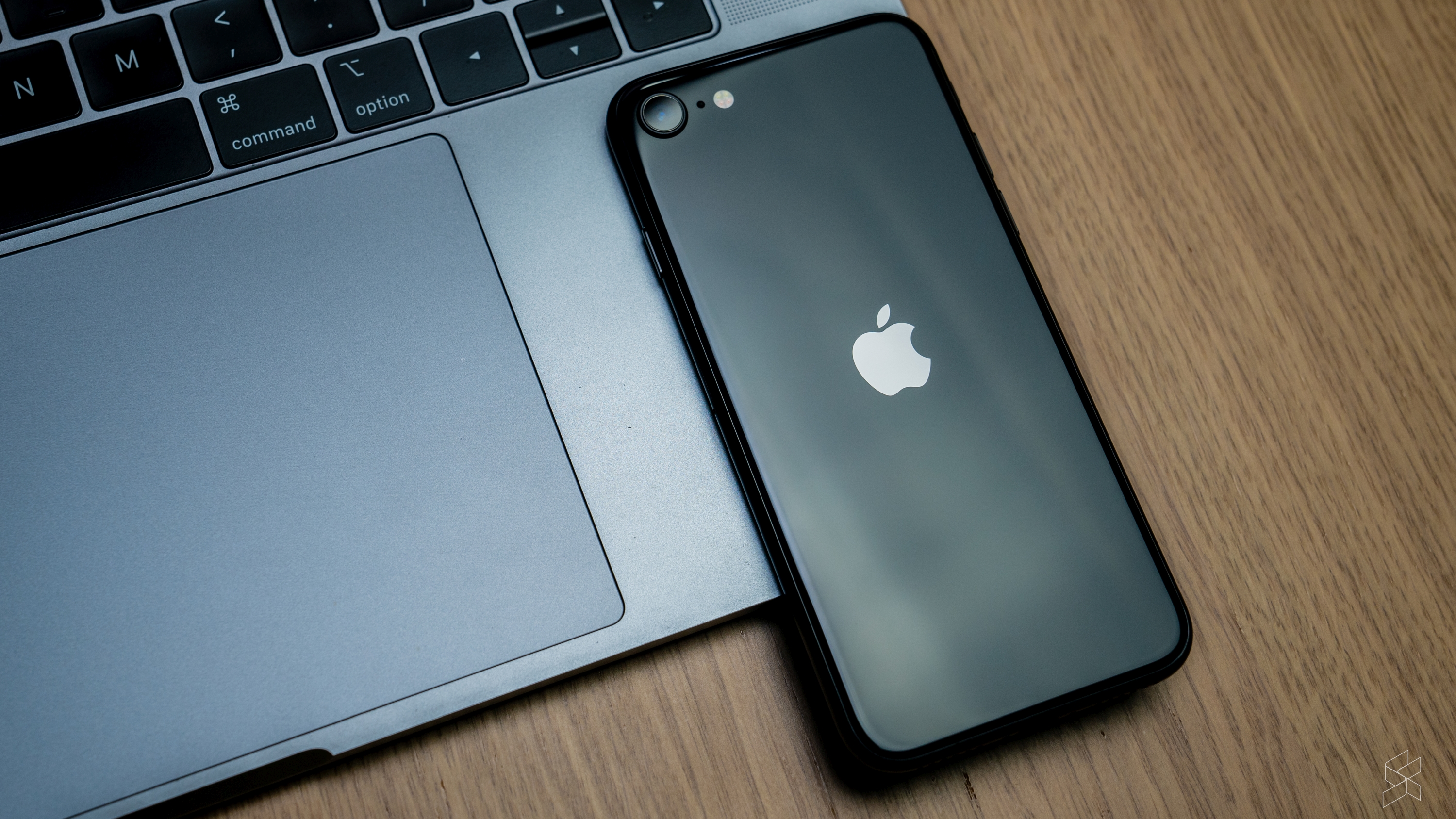
Now, I don’t know if this has the same 12MP main camera as the iPhone 8. Teardowns seem to say it is, and from my eye-test of the photos, it doesn’t look like the hardware was changed. But, with the A13 Bionic what you can do with the camera is quite different. For starters, just looking at the camera settings for each smartphone is enough to tell you that these are not the same in terms of capability.
The new iPhone SE can do so much more. Smart HDR, for example, was something that really took the iPhone’s camera to the next level and that’s a feature the SE has over the iPhone 8 thanks to the A13 Bionic. On top of that, the iPhone SE can also do stereo sound in video, as well as some excellent 4K video footage.
But, the next notable change is the presence of Portrait Mode and Portrait Lighting in both the front and rear cameras of the iPhone SE despite the little to no variance in hardware.
In the past, Portrait Mode photos required two cameras, but with the advancement in neural processing, phones with one camera can produce excellent bokeh if they have the right Neural Engine. And we all know how important Portrait Mode is to the modern-day iPhone experience. Then, you’ve also got smaller quality of life tweaks, like the updated camera UI on the iPhone SE, as well as the ability to adjust video recording formats in the camera app itself.
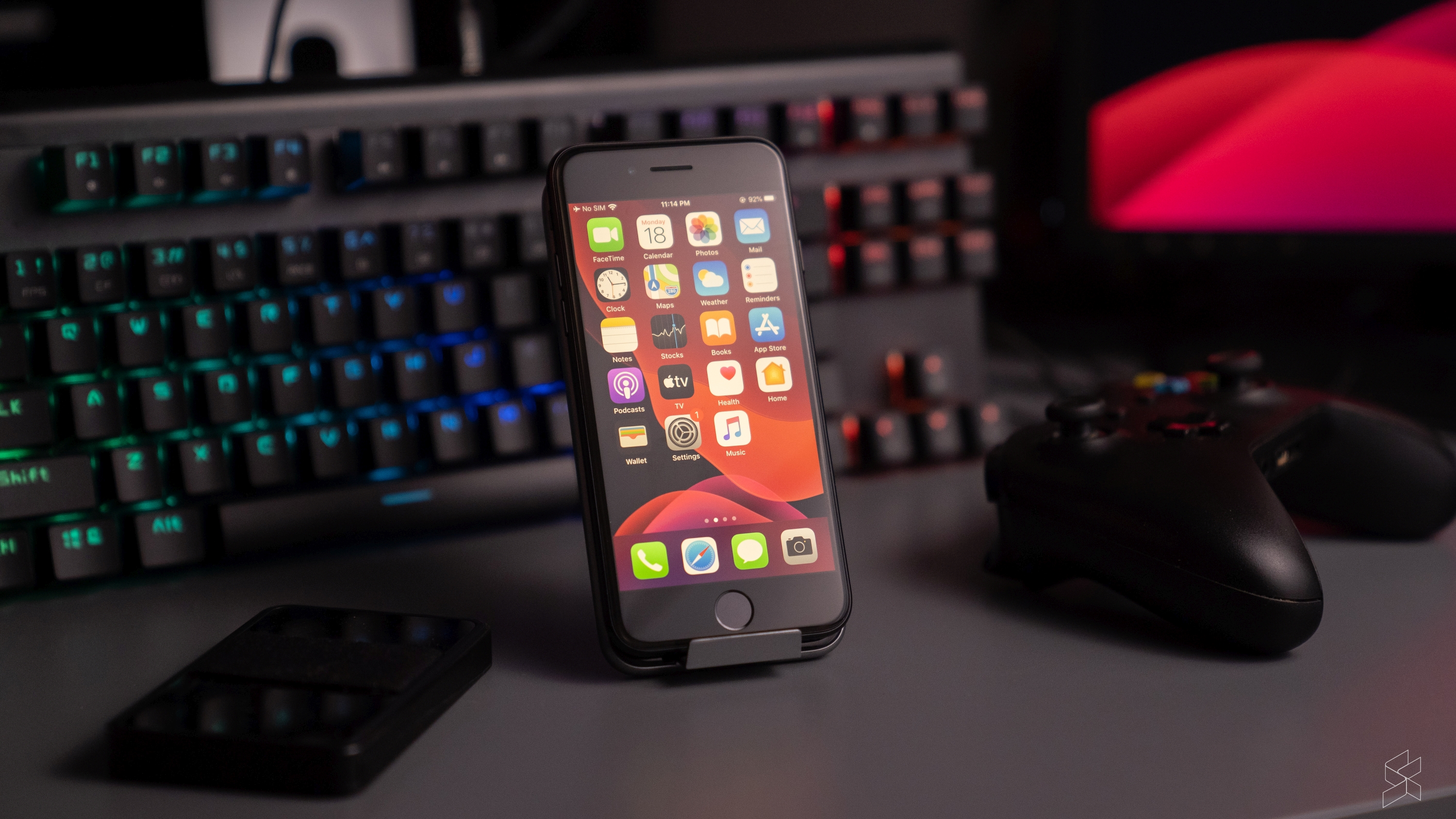
I will, however, note that I cannot say for certain if Apple could have also pushed all of these features to the iPhone 8. My iPhone 8 is on the latest iOS 13.4.1, and I don’t have these features. So, as someone with no insider knowledge, I have to give them the benefit of the doubt.
That said, while the new processor does bring a couple of useful goodies to the table right now, what’s equally exciting is the prospect of future updates. Since the iPhone SE has the same processor as the iPhone 11, you can realistically expect the same level of support, longevity and slew of new features as the more expensive iPhone too.
This is important because most affordable smartphones aren’t really designed around longevity. That has always been the strength of an iPhone and I’m glad it’s something you can expect even at the more affordable end.
In fact, if we’re talking about the essence of the iPhone experience, the new iPhone SE doesn’t miss out on much.
Essentially an iPhone
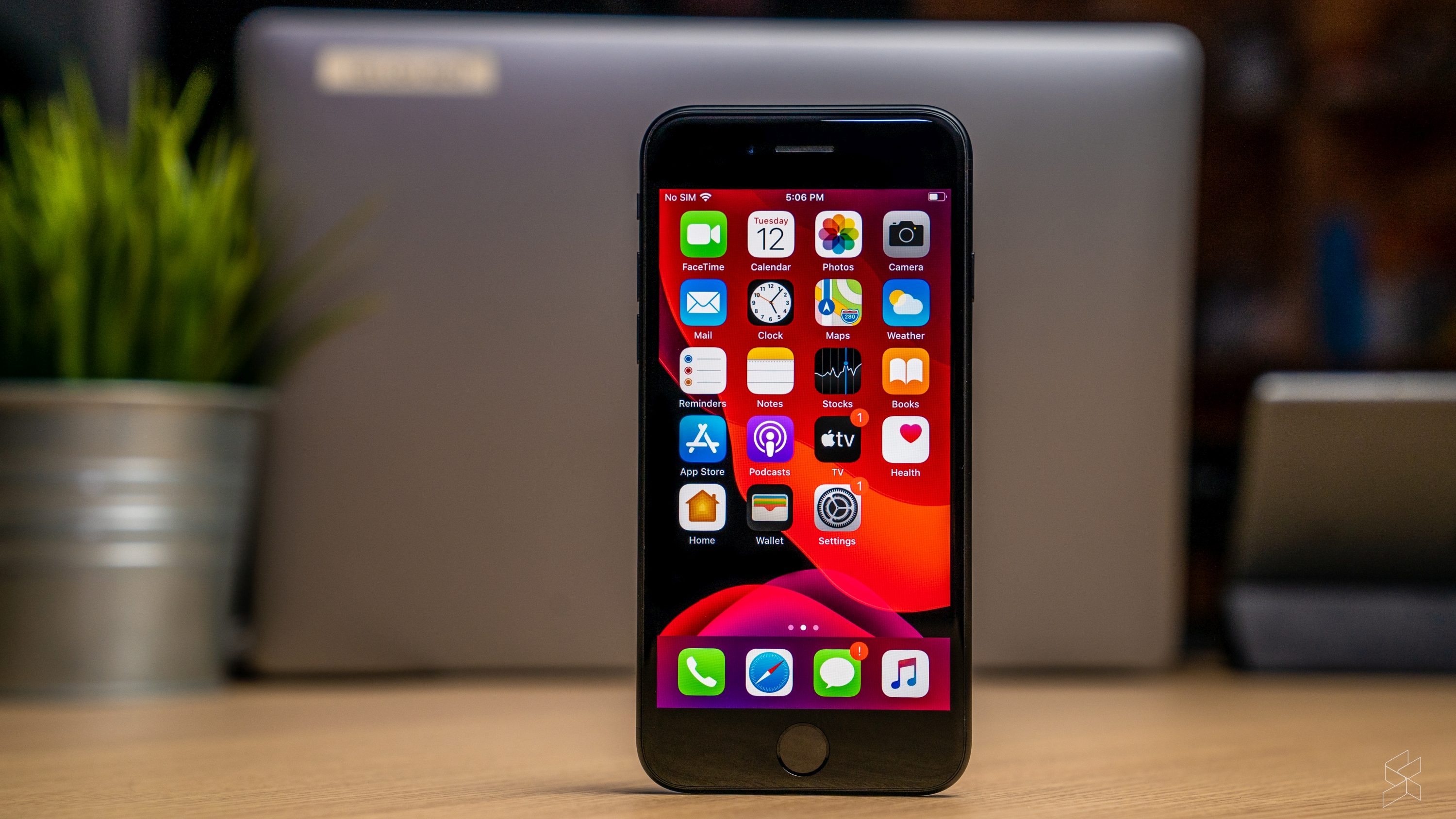
On top of the high-end flagship processor, you’re also getting a really premium build and finish—something that has always been a staple of Apple devices. And even here you can see some tweaks have been made.
There isn’t a Space Gray model anymore, and this particular device, although it looks very similar to Space Gray, is actually a touch darker in both the glass frame and the aluminium frame. On top of that, every colourway now comes with a black front so all the cutouts for the camera and sensors are better hidden.
Then you have the earpiece stereo speakers which are excellent by today’s standards. Sure, they’re not as good as the current iPhone 11 because they lack a little bit of body, but I think they sound way better than almost every other phone in this price bracket. This phone is also IP67 water resistant so it’ll survive depths of 1 metre for up to 30 minutes, which is great.
Apple also added more RAM so the iPhone SE now features 3GB of RAM which will certainly help with multitasking—something that was a problem with the iPhone 8. On top of that, you also get support for wireless charging, dual SIM via an eSIM, and WiFi 6 support.
Now, a lot of these features were obviously brought over from the iPhone 8, and I suppose you could look at it as a testament to how well-rounded that handset already was as a flagship smartphone experience, even after all these years. But, there are some aspects of that phone that are simply not up to par with the flagships of today. Not even after all the “modernising” Apple did with the iPhone SE.
Old hardware, dies hard
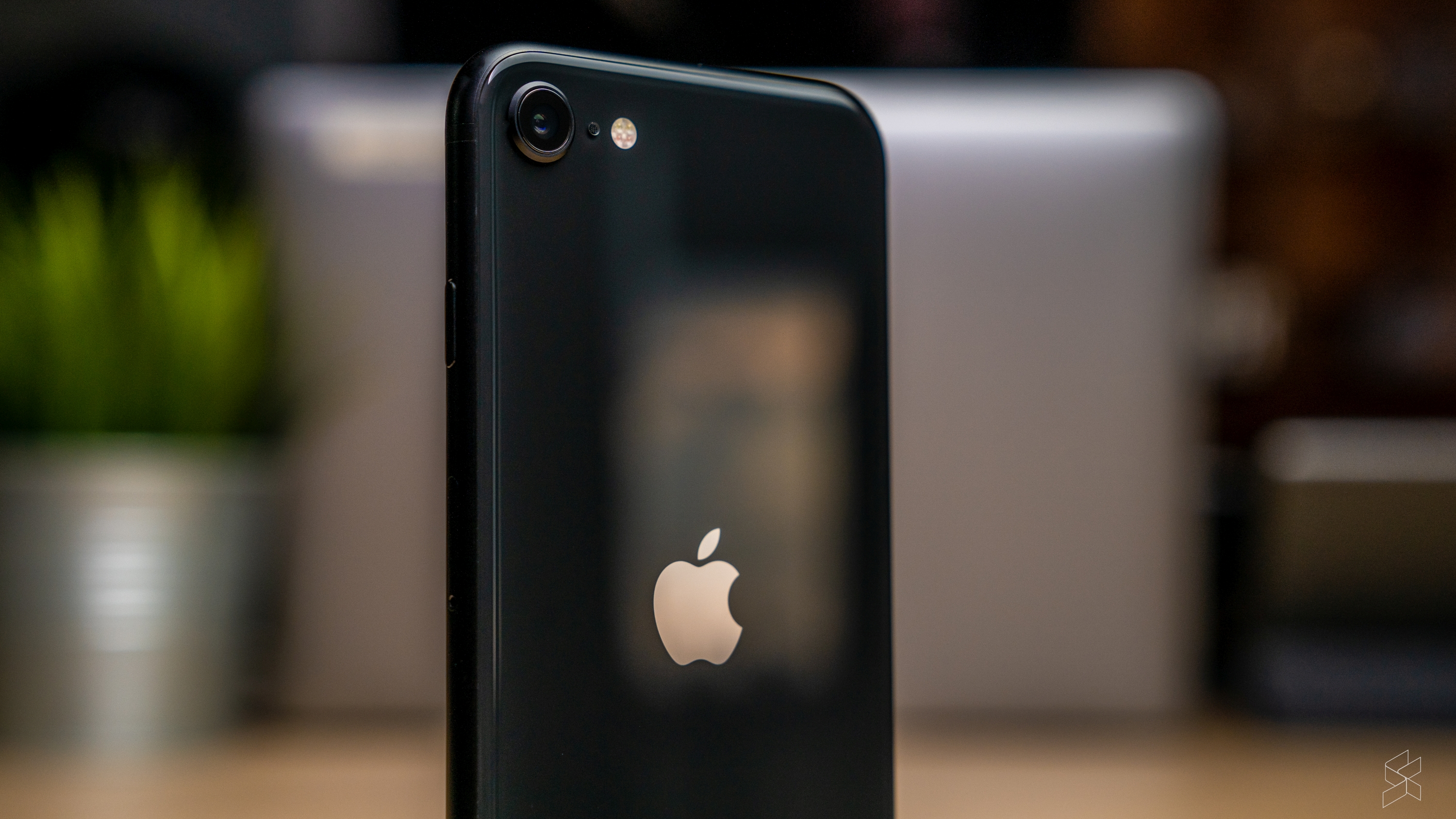
I suppose the best place to start would be with the screen. Sure, it is an OK screen, and it being 4.7 inches means it’s not as unbearably small as the 4-inch panel on the original iPhone SE.
But, it is still a HD IPS display with the same brightness and contrast ratio of the iPhone 11. Sure, the 326 pixels-per-inch is less noticeable on such a small panel, but the tech enthusiast in me just can’t accept that a RM2,000 smartphone in 2020 has a screen that’s less than Full HD.
Then, there’s the multi-camera system. Or rather, the lack of a multi-camera system. There’s no telephoto, no ultra-wide, and while I do spend most of my time with the main wide-angle camera, having that versatility is something I’ve grown to love on modern smartphones.
Also, while I will praise the iPhone SE’s 4K video, the photos are simply not “flagship-standard”. I can certainly see improvements over the iPhone 8, but when you set them up with the iPhone 11, the difference is night and day.
Speaking of that, there is no Night Mode wit the iPhone SE, which is surprising. In my experience, Night Mode has more to do with image processing than the sensor so I’m surprised that it’s missing on the iPhone SE considering the fact that it has the same processor as the iPhone 11.
I don’t know if there’s some other limitation here, but it is quite disappointing to find it missing on the iPhone SE.
The archetypal iPhone
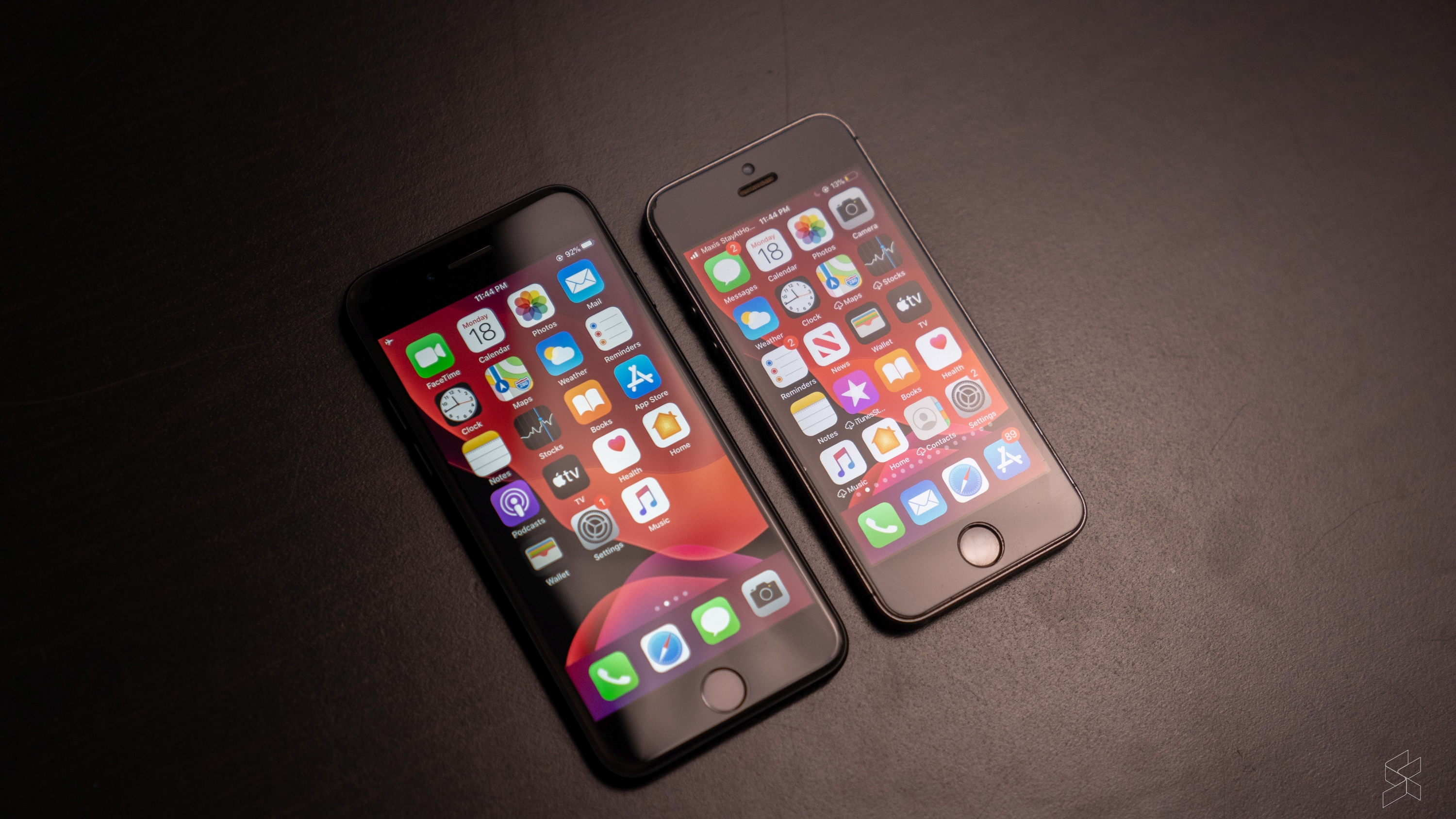
So yeah, clearly the iPhone SE is not quite the smartphone the iPhone 11 is. That much was obvious from the get-go. It wasn’t designed to be the new Apple flagship, and so it doesn’t need to compete with the other flagships in the market.
What I was pleasantly surprised to find was how much of an upgrade it was over the iPhone 8. Although the changes Apple made were small, they definitely add up to give you a better experience overall, and that’s great for anyone looking to upgrade from an older iPhone.
Then, there’s the price tag which starts from RM1,999. What’s interesting here is that this is no longer just good from an Apple standpoint, but is actually pretty competitive in general.
Personally, I’d pay the RM200 difference for the 128GB storage variant simply because that’s not a lot of money for double the storage. But keeping the entry price below RM2,000 remains good for Apple in a year where many staple affordable Android flagships have edged over the RM2,000 mark.
So, if you asked me, what is the iPhone SE? I’d say that it’s the new archetypal iPhone. It gives you just enough to experience the core of what it means to use an iPhone, and nothing more, for a significantly lower price point. And that makes it a great phone for older iPhone users to upgrade to, or for people who have yet to buy their first real smartphone. But I don’t think it will convert many people from the Android camp—but that’s OK.
That isn’t what this phone is designed to do. And as far as what this phone is designed to do, I think it does pretty darn well.
Photography by Marcus Choo & Zachary Yoong.

